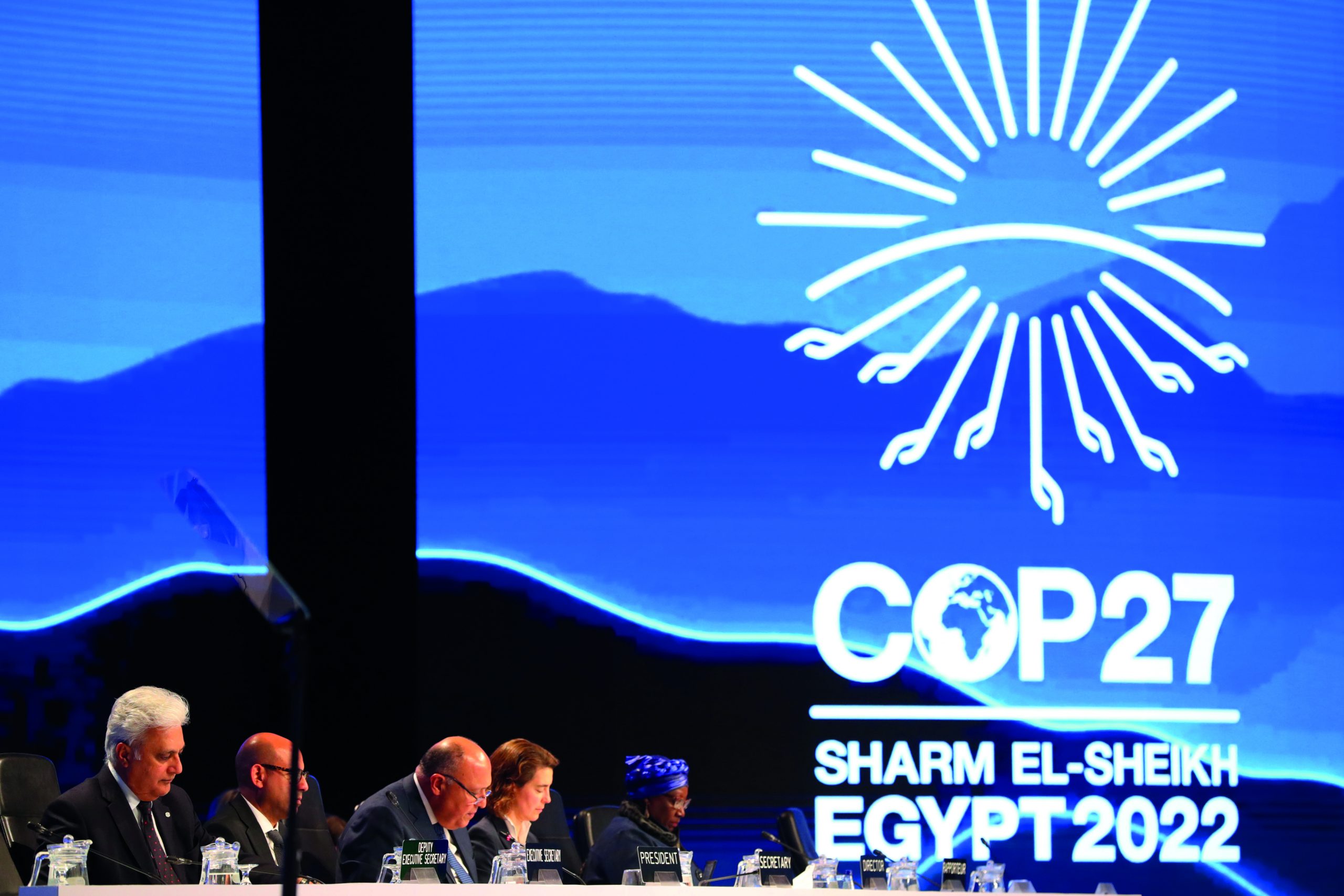The UN climate conference Cop27 took place in Sharm El Sheikh, Egypt this year.
The Conference of Parties was attended by countries who are signatories of the United Nations Framework Convention on Climate Change (UNFCCC) and was designed to agree on action on climate goals. So what did it achieve?
Since the Paris summit in 2015, the target has been to limit global temperature rise to 2% and to aim for 1.5%.
In Glasgow, last year countries agreed to focus their efforts on 1.5% as the 2% target has been shown not to be good enough to avoid catastrophe.
This year some countries tried to renege on that agreement and a commitment to making sure emissions peak by 2025 was taken out. So, no progress there then.
Led by India, attempts were made to extend the commitment made at COP26 to phase down the use of some fossil fuels to include all fossil fuels. T
he resolution failed and the Glasgow commitment stands.
The final text of the conference contained a provision to boost the use of “low emissions energy”.
Sounds good but the wording is vague as gas is a lower emission fuel than say coal, but is still none-the-less a fossil fuel.
Loss and damage
The headline commitment from COP27 was to agree to set up a fund for loss and damage for developing countries to help rescue and rebuild infrastructure damaged by extreme weather events. T
his is something developing countries have been arguing for decades and EU president Ursula von der Leyen, described it as “a small step towards climate justice”, but there was no agreement on where the money would come from.
When the conference opened the UN Secretary-General António Guterres warned that the world was on the “highway to hell” and gave countries a stark choice: “We can sign a climate solidarity pact or a collective suicide pact”.
So which did we get? Arguably Cop 27 was not as effective as Cop 26, but every meeting counts until the problem is solved, and only time will tell if the commitments made are effective.
But how much time do we have?

